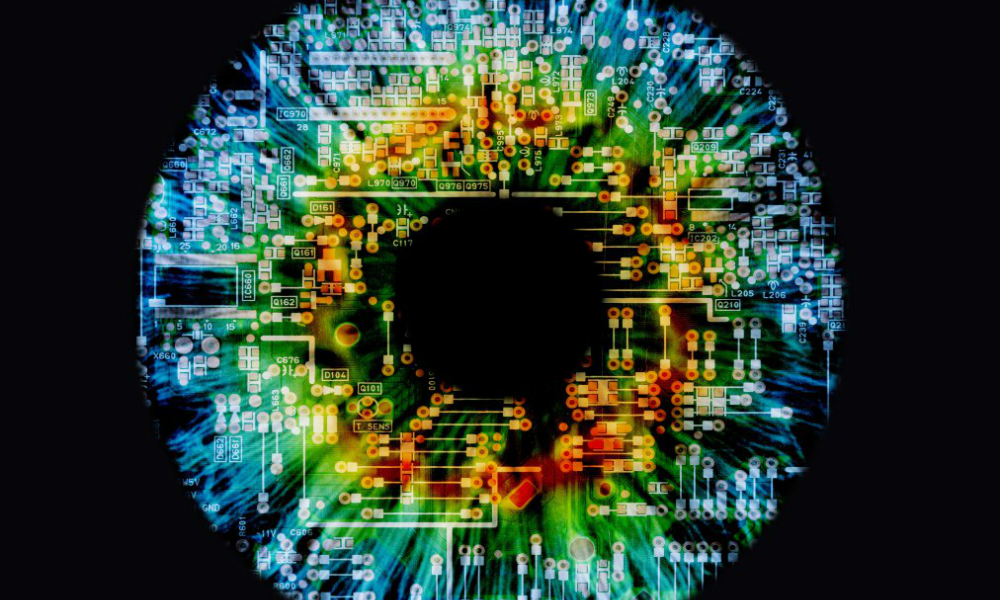How does marching while playing a instrument affect your performance. I think while playing an instrument and marching at the same time is hard and most people would be uncoordinated. Here is a website I found that could help solve this solution.http://www.showme.com/sh/?h=0agI5ce
Category Archives: Inquiry
Module 2 Post 5 (The Dance Class)
I found this last site and it was really helpful because it included lots of pictures and a video at the end with all the positions of ballet. I wish I found this site sooner because it was filled with info on different types of math involved in ballet and there are a lot. The site said that ballet is based off perfect angles and shapes and that dancers must have perfect balance and harmony,
https://allencentre.wikispaces.com/The+Dance+Class
Module 2 Post 4 (How is geometry used in dance?)
I found this prezi on how ballet is related to geometry and I found it useful because it also talked about angles and symmetry and those are related to geometry somehow. I decided to use it since it’s getting harder to find more resources about geometry in ballet. This prezi explained the use of angles in ballet. It also explained how choreographers use angles and shapes to make their dances more interesting and appealing. And as a dancer geometry in dance is very appealing especially if you are in the audience and you don’t know what happened in the process of creating the dance.
https://prezi.com/utnu4mg20qkq/how-is-geometry-used-in-dance/
Module One Post Twelve
There are lots of programs in the cadet program. Some of them are airplane programs. In the airplane programs lots of math is involved because you need to know lots airplanes and airplanes have math in them. Some of the things you will do is design your own plane.
Module 2 Post 3 (The Geometry in Dance)
So for this post I decided to reuse this site: http://www.savannahballettheatre.org/about/education-outreach/the-geometry-of-dance-powerpoint
I wanted to reuse it because there was so many examples of how geometry fit into ballet. There were also a lot of pictures so it was easy to visualize. There wasn’t any explanations because it was a slide show but it was pretty self explanatory. This site was also one of the first sites I used for this project so I decided to remember it because I thought it would be useful and it was.
Module One Post Twelve (The Geometry of Ballet)
Although this is a Prezi it was still quite useful and had food information. This Prezi explains basic geometry, reflections, translations, rotation, and symmetry in ballet. When doing a pirouette a dancer is using rotation. The center of rotation is placed either on the ball of the foot or on the toes, depending on whether or not the dancer is wearing pointe shoes. If a dancer is slouching or sitting on one hip then it won’t be a proper reflection and they won’t be symmetrical.

This was useful because it had a lot of pictures and videos to go along with the information. It also had good examples and everything was explained very clearly. I didn’t have any other resource that talked about rotations and translations, so this slideshow was very useful.
Module 2 Post 2 (The Problem)
For my second post I decided to focus on another important thing a ballerina has. Most principal ballerinas have pointe shoes. But it’s important that the pointe shoes fits perfectly onto her feet. If it doesn’t it could ruin the balance and control a ballerina has. Most ballerina’s get their pointe shoes custom made so they need to consider the following,
-Shape of foot
-Shape of pointe shoe box
http://perfectfitpointe.com/the-problem/

Module 2 Post 1 (Ballet Rotoscope; Geometry in Ballet)
So for module 2 I have decided to narrow my topic down to Geometry in Ballet. And for my first post of module 2 I found a really cool video. In the video there is a dancer and while she’s dancing there are lines surrounding her so it shows the shape she is making while she dances. It’s really cool because in the beginning of the video it starts with just the outline of the shape and probably about 4 counts into the dance they add in her body. It shows her arm movements to. So when she moves her arm it leaves an edited line to show what she drew with her arm.
Module Two Post Five [Math, Nanotechnology and Food]
Math, Nanotechnology and Food
Nanoliposomes can be used to deliver people nutrients to people who want to be healthy but do not want to eat the vegetables. The nanoliposomes will stay in your blood and deliver your body the nutrients it needs when it needs it. Nanoliposomes can also be used to make your food more addictive and send chemicals to your brain to want more of the type of food.
Module Two Post Five ( Science and math in war )
Science, technology, and warfare

This website explains how the advancement in technology can affect warfare. Scientific technologies such as robotics, artificial intelligence, nanotechnology, computer science, and 3d printing make a country even more powerful than having nuclear weapons. These technologies enables the development of powerful military systems. There are endless possibilities to what technologies can create. Future warfares will rely on a lot of technologies. The internet can spread information extremely quickly, so a lot of new technology is exposed to us. For this reason, national security can no longer be guaranteed by military power. Technology is playing a large role. These technologies are enabled by science.

